Ancient People
For generally 2.5 million years, people lived on Earth without leaving a set up account of their lives however they abandoned different sorts of remains and artifacts. Earth's starting points can be followed back 4.5 billion years, yet human development just counts for a small bit of its set of experiences. The Ancient Time frame or when there was human existence before records reported human action generally dates from 2.5 quite a while back to 1,200 B.C. It is by and large sorted in three archaeological periods: the Stone Age, Bronze Age and Iron Age.

How Ancient People Before Written Records?
For generally 2.5 million years, people lived on Earth without leaving a set up account of their lives — however they abandoned different sorts of remains and artifacts.Earth's starting points can be followed back 4.5 billion years, yet human development just counts for a small bit of its set of experiences. The Ancient Time frame — or when there was human existence before records reported human action — generally dates from 2.5 quite a while back to 1,200 B.C. It is by and large sorted in three archaeological periods: the Stone Age, Bronze Age and Iron Age.
From the development of devices made for hunting to progresses in food creation and horticulture to early instances of workmanship and religion, this gigantic stretch of time finishing approximately quite a while back (dates fluctuate upon locale) was a time of extraordinary change.
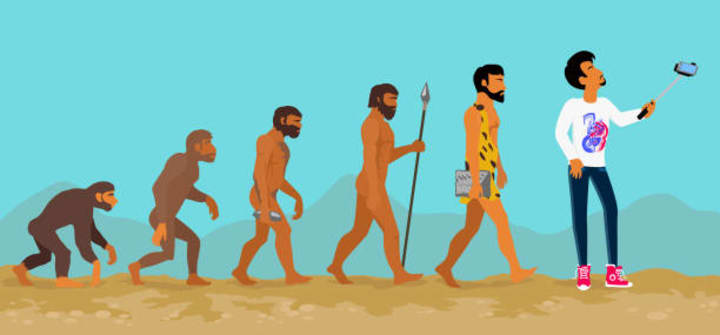
The Stone Age
Partitioned into three periods: Palaeolithic (or Old Stone Age), Mesolithic (or Center Stone Age), and Neolithic (or New Stone Age), this time is set apart by the utilization of instruments by our initial human progenitors (who developed around 300,000 B.C.) and the possible change from a culture of hunting and assembling to cultivating and food creation. During this time, early people imparted the planet to various now-terminated hominin family members, including Neanderthals and Denisovans.
In the Palaeolithic period (generally 2.5 quite a while back to 10,000 B.C.), early people lived in caverns or straightforward cottages or lean-tos and were trackers and finders. They utilized fundamental stone and bone instruments, as well as rough stone tomahawks, for hunting birds and wild creatures. They cooked their prey, including wooly mammoths, deer and buffalo, utilizing controlled fire. They additionally fished and gathered berries, leafy foods.
Antiquated people in the Paleolithic period were likewise quick to abandon workmanship. They utilized blends of minerals, ochres, consumed bone feast and charcoal blended into water, blood, creature fats and tree saps to scratch people, creatures and signs. They additionally cut little puppets from stones, earth, bones and horns.
The finish of this period denoted the finish of the last ice age, which brought about the elimination of numerous enormous well evolved creatures and rising ocean levels and environmental change that in the end made man relocate.
During the Mesolithic period (around 10,000 B.C. to 8,000 B.C.), people utilized little stone instruments, presently additionally finished and in some cases created with focuses and appended to horns, bone or wood to act as lances and bolts. They frequently lived restlessly in camps close to streams and different waterways. Farming was presented during this time, which prompted more long-lasting settlements in towns.
At long last, during the Neolithic time frame (around 8,000 B.C. to 3,000 B.C.), antiquated people changed from tracker/finder mode to horticulture and food creation. They tamed creatures and developed oat grains. They utilized cleaned hand tomahawks, adzes for furrowing and plowing the land and began to get comfortable the fields. Progressions were made in apparatuses as well as in cultivating, home development and craftsmanship, including ceramics, sewing and winding around.
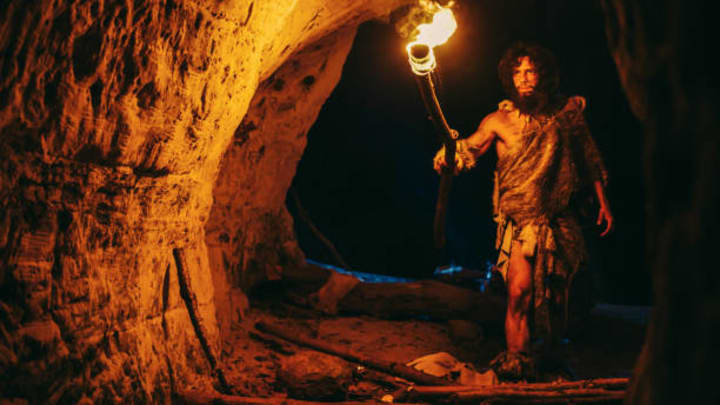
The Bronze Age
During the bronze stone age (around 3,000 B.C. to 1,300 B.C.), metalworking progress was made, as bronze, a copper and tin compound, was found. Presently utilized for weapons and apparatuses, the harder metal supplanted its stone ancestors, and aided flash developments including the bull drawn furrow and the wheel.
This time span additionally acquired propels engineering and craftsmanship, including the development of the potter's wheel, and materials clothing comprised of generally fleece things like skirts, kilts, tunics and shrouds. Home residences transformed to supposed roundhouses, comprising of a roundabout stone wall with a covered or turf rooftop, complete with a chimney or hearth, and more towns and urban communities started to shape.
Coordinated government, regulation and fighting, as well as the starting points of religion, additionally became an integral factor during the Bronze Age, maybe most quiet connecting with the old Egyptian who fabricated the pyramids during this time. The earliest composed accounts, including Egyptian pictographs and petroglyphs (rock etchings), are likewise dated to this time.
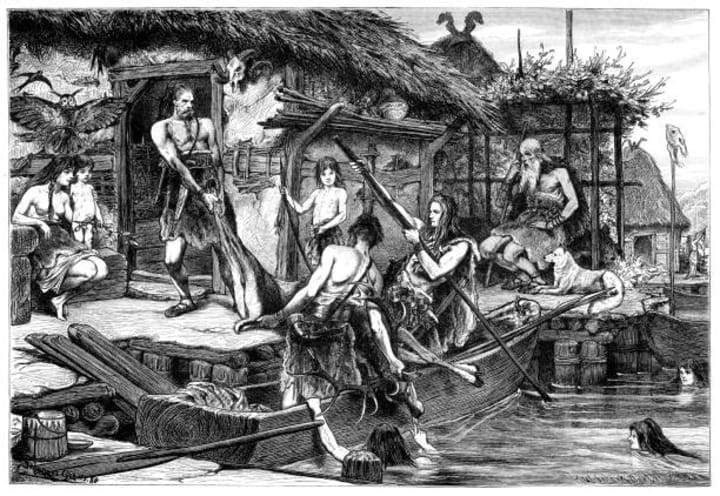
The Iron Age
The disclosure of ways of warming and manufacturing iron started off in the Iron Age (around 1,300 B.C. to 900 B.C.). At that point, metal was viewed as more valuable than gold, and created iron (which would be supplanted by steel with the coming of purifying iron) was simpler to make than bronze.
Alongside large-scale manufacturing of iron devices and weapons, the age saw significantly further advances in engineering, with four-room homes, some total with corrals for creatures, joining more simple slope posts, as well as imperial castles, sanctuaries and other strict designs. Early city arrangements likewise occurred, with blocks of homes being raised along cleared or cobblestone roads and water frameworks set up.
Horticulture, workmanship and religion all turned out to be more refined, and composing frameworks and composed documentation, including letters in order, started to arise, introducing the Early Verifiable Period.
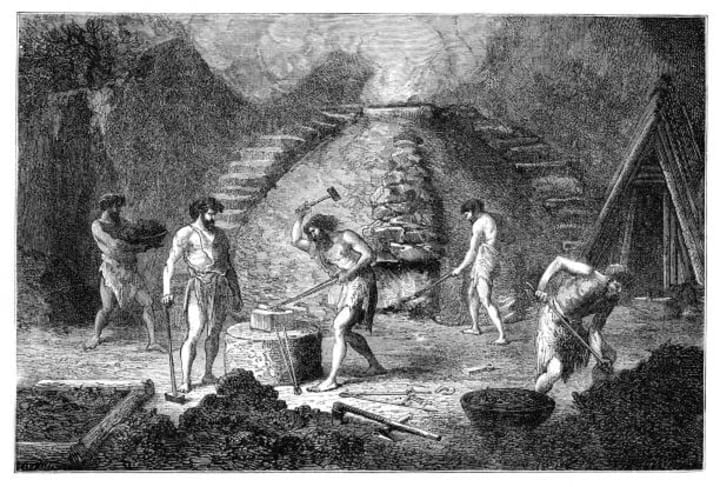
About the Creator
Enjoyed the story? Support the Creator.
Subscribe for free to receive all their stories in your feed. You could also pledge your support or give them a one-off tip, letting them know you appreciate their work.

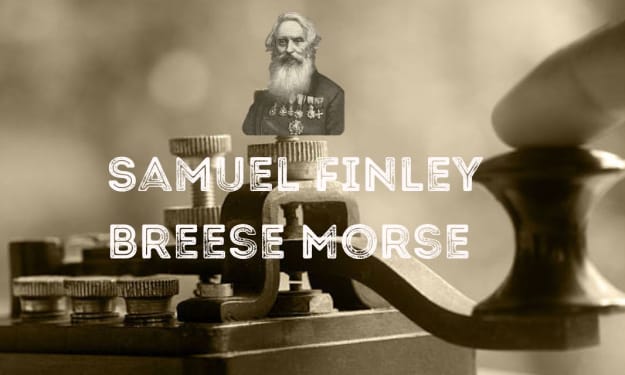



Comments (1)
Nice